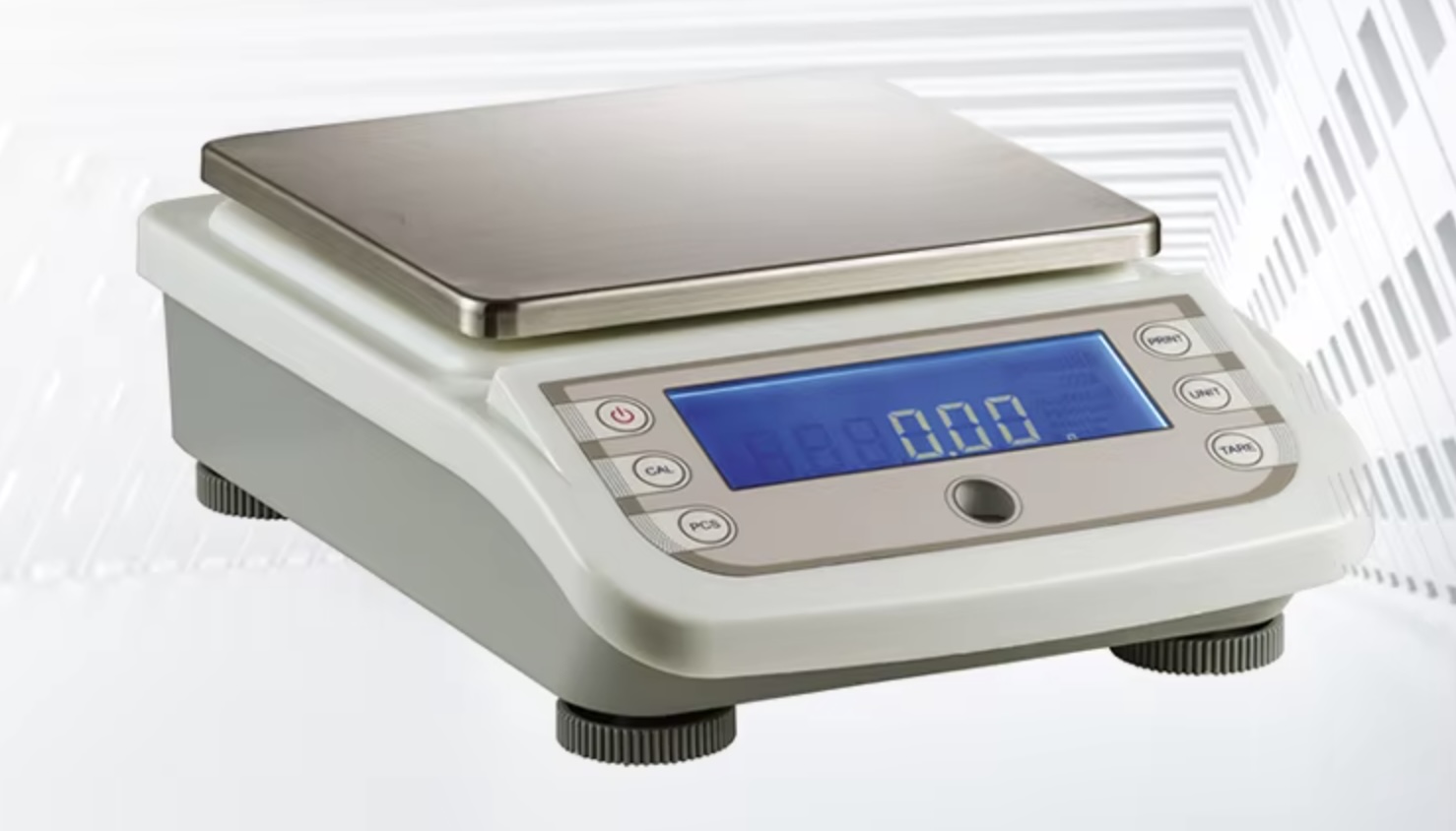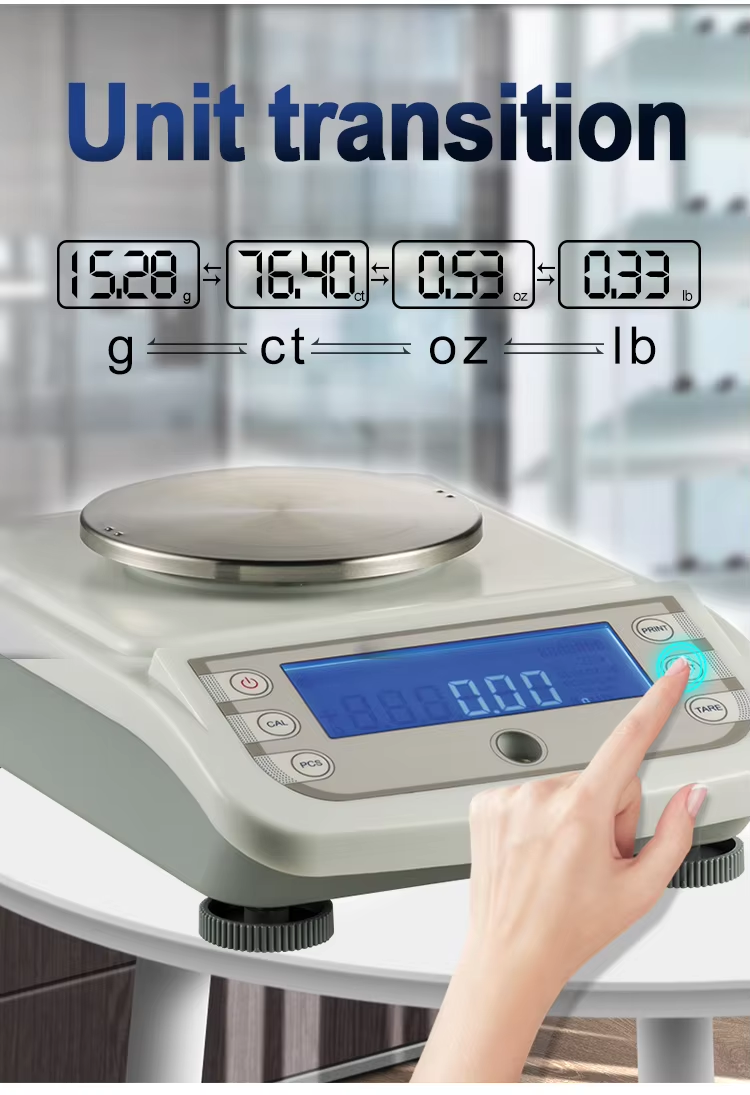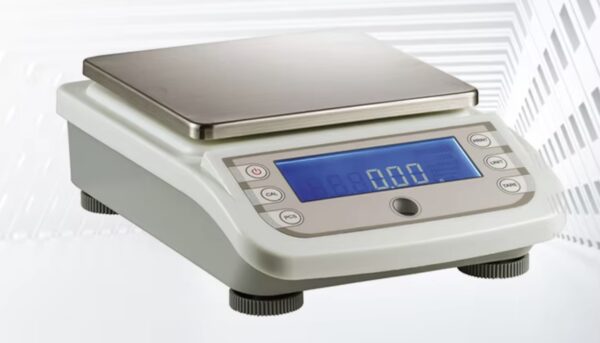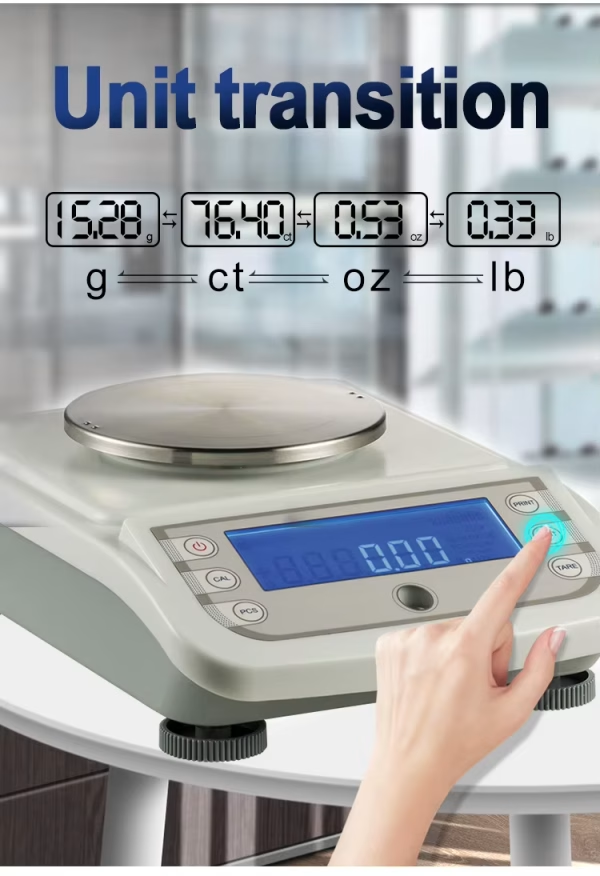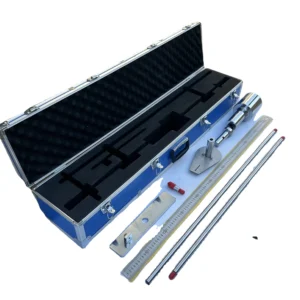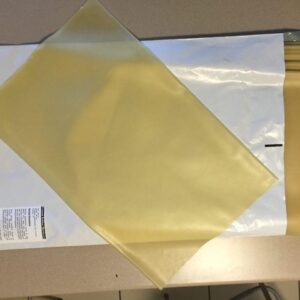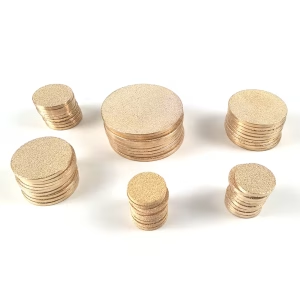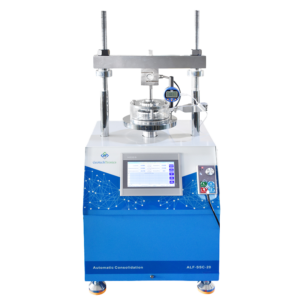Description
Product Overview:
The High-Precision Digital Weighing Scale is a professional-grade precision balance designed for accurate weight measurement across various applications. Utilizing advanced sensor technology and microprocessor control, this scale ensures high accuracy, stability, and ease of use for laboratory, industrial, and commercial settings.
Key Features:
- High Accuracy: Delivers precise measurements with an accuracy level of up to one-millionth of a gram.
- Advanced Sensor Technology: Utilizes electromagnetic force restoration (EMFR) technology for enhanced precision.
- Stability & Reliability: Maintains consistent measurement results through advanced microelectronics and analog/digital conversion.
- User-Friendly Interface: Features a clear LCD display with backlight for easy readability.
- Multiple Weighing Modes: Supports various functions, including basic weighing, statistical weighing, piece counting, percentage weighing, and density determination.
- Tare & Calibration Functions: Includes automatic tare compensation and user-friendly calibration options to ensure measurement accuracy.
- Durable Stainless Steel Platform: Provides a robust stainless steel weighing pan for easy cleaning and long-term use.
- Connectivity Options: Some models support RS232/USB interfaces for seamless data transfer to computers or printers.
Technical Specifications:
- Weighing Capacity: Available in multiple capacities (e.g., 1kg, 3kg, 5kg, 6kg and 10kg)
- Readability: Precision from 0.1g to 0.01g depending on the model
- Display Type: Backlit LCD for clear weight readings
- Material: High-quality stainless steel platform with ABS plastic housing
- Power Supply: Rechargeable battery & AC power adapter for flexible operation
- Operating Temperature: 10°C – 40°C
- Weighing Units: Supports multiple units such as g, mg, lb, oz, ct, etc.
- Pan Size: Varies based on model (e.g., 150mm x 150mm or larger)

